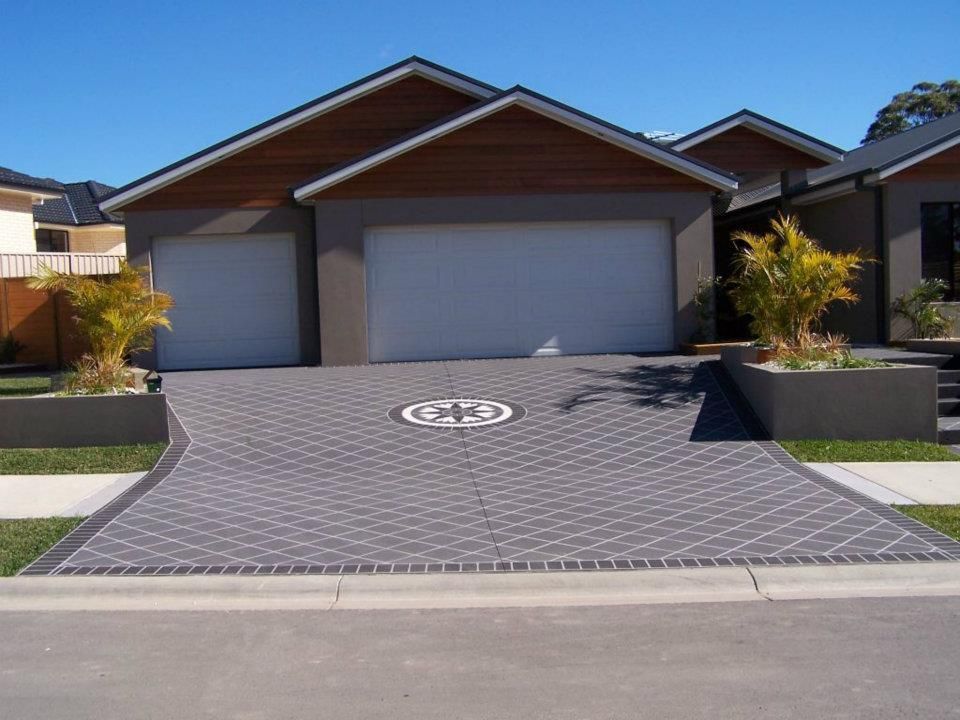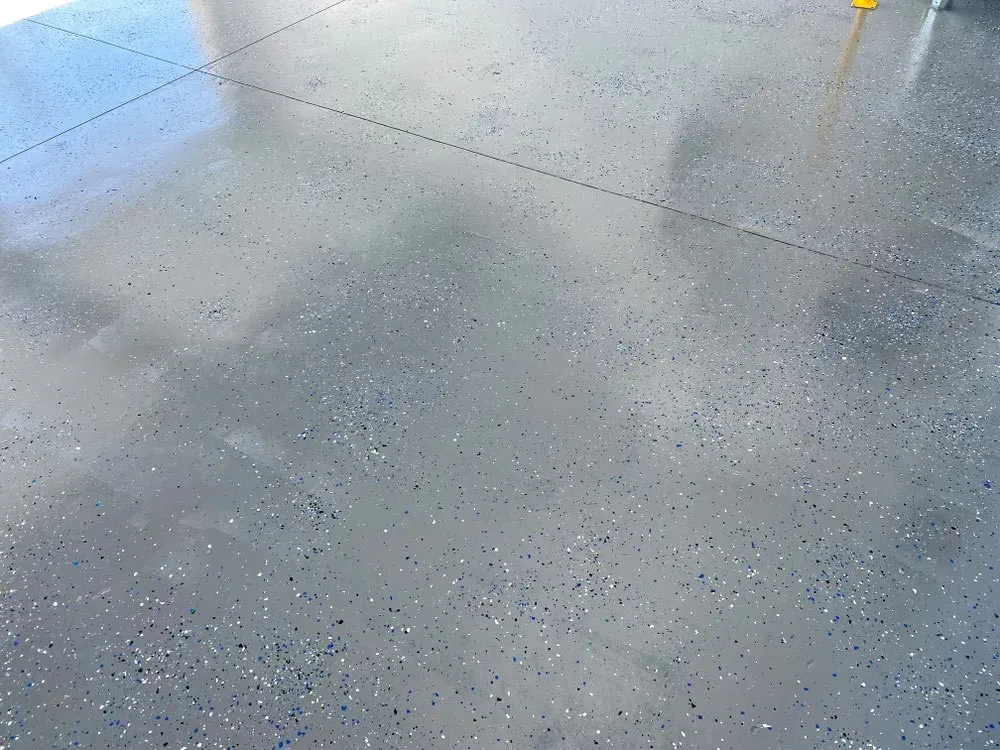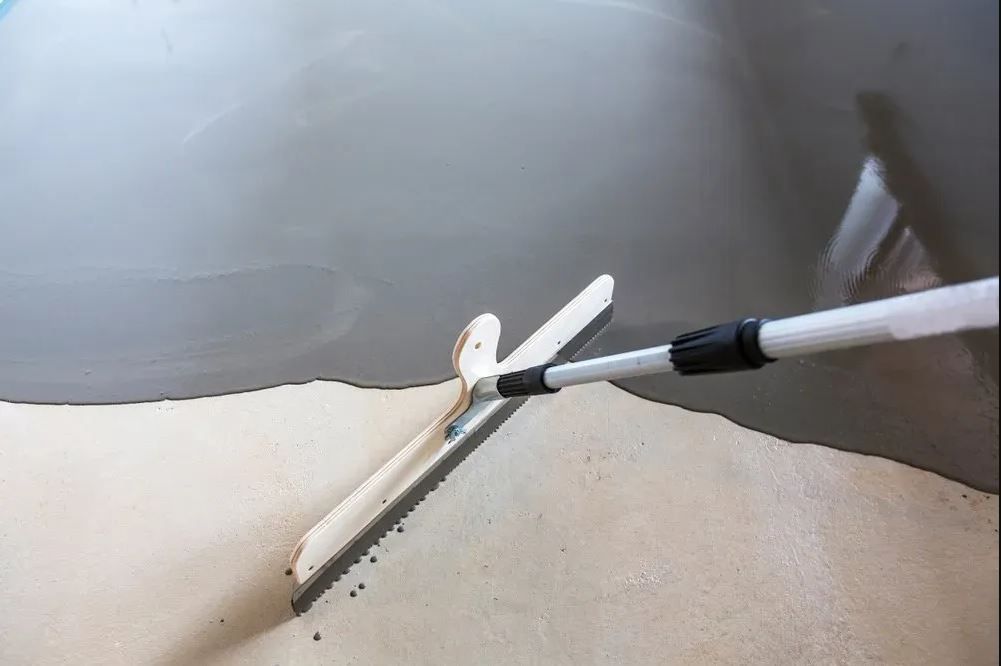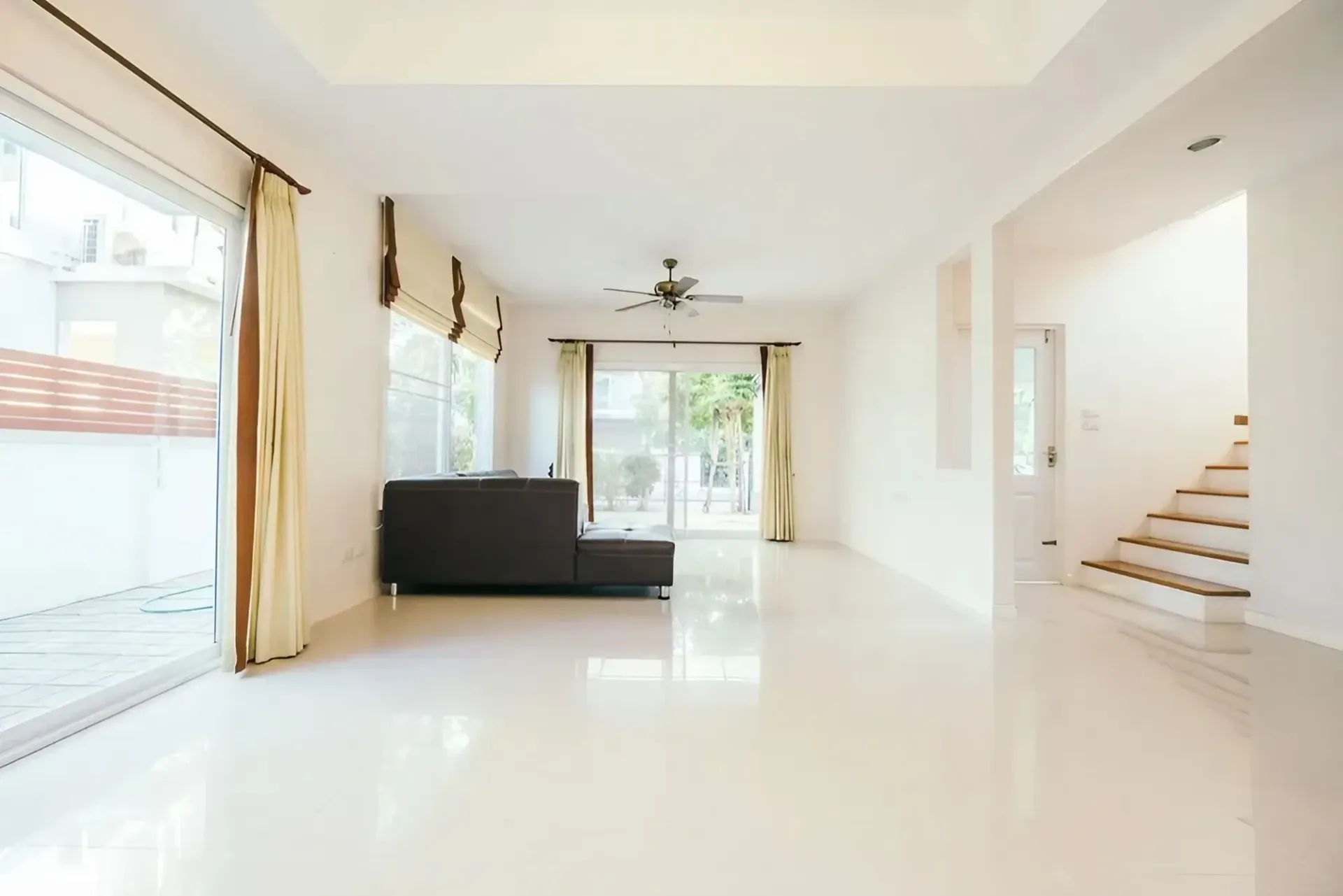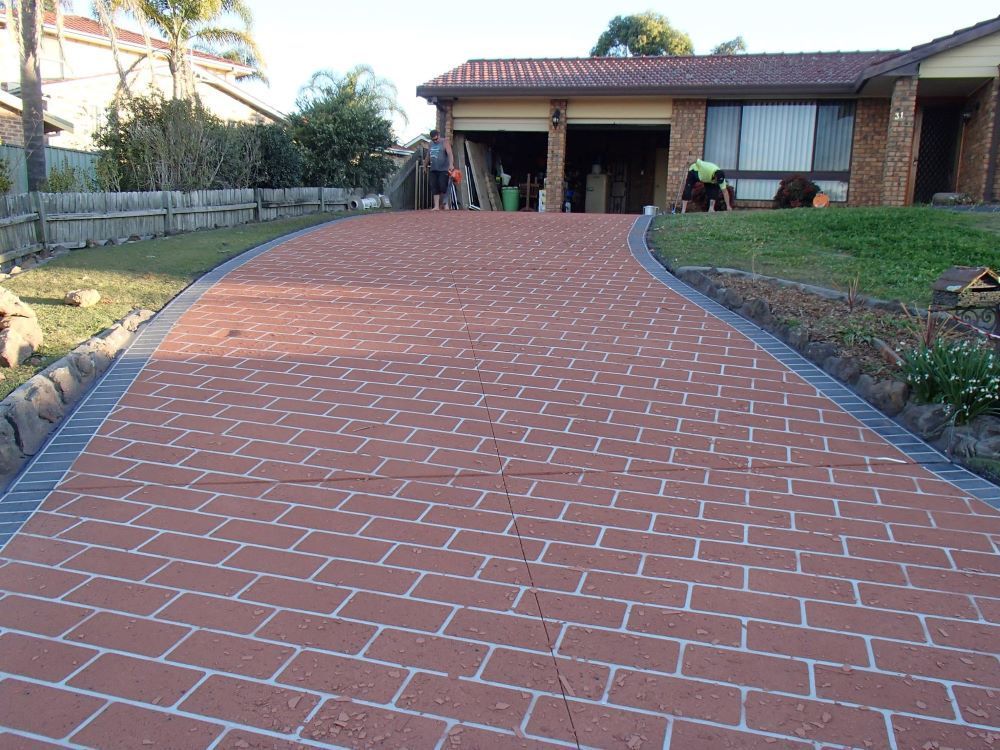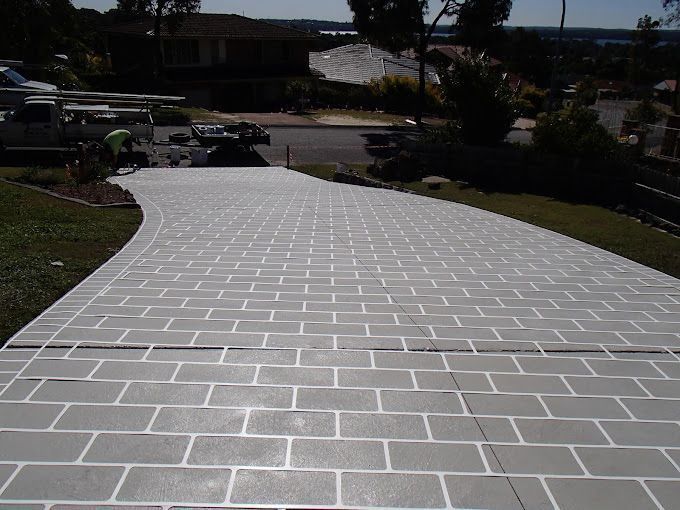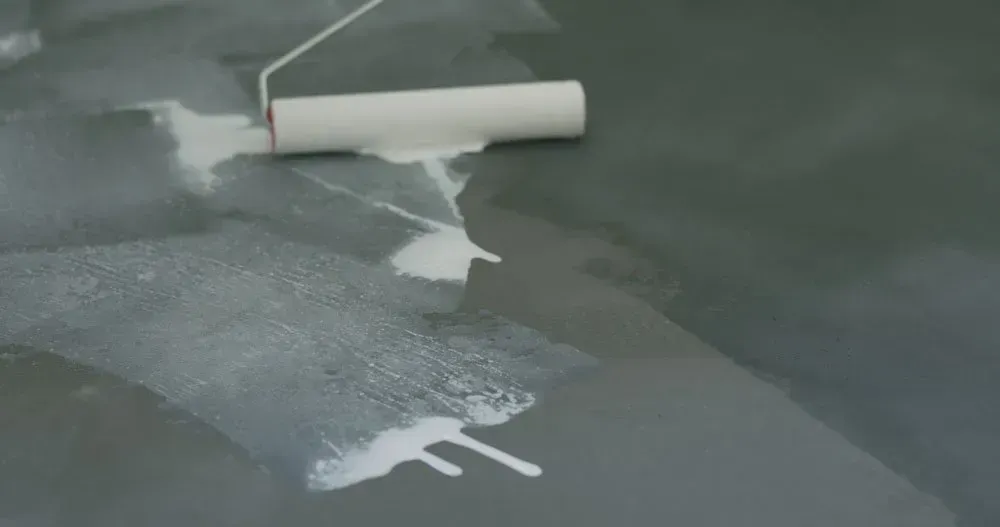10 Tips for a Successful Concrete Resurfacing
Is your concrete looking worn, cracked, or just outdated? Whether you're renovating a driveway, patio, workshop floor, or public footpath, resurfacing can refresh and strengthen tired concrete without full replacement. But a successful concrete resurfacing project requires more than a basic overlay—it takes preparation, the right products, and a methodical approach.
In this blog, we’ll explore 10 tips to help contractors, builders, remodelers, and DIYers get the most from concrete resurfacing supplies and products.
1. Assess the Existing Surface Thoroughly
A thorough surface assessment is the first step to any resurfacing project. Inspect the concrete for cracks, spalling, delamination, or movement. Surface-level imperfections can usually be repaired before resurfacing, but deeper issues like structural instability or subgrade failure may require more extensive work. If there’s evidence of moisture intrusion or recurring damage, it may be necessary to investigate the cause before applying a new surface. Taking time to diagnose the condition of the concrete slab helps prevent future complications and wasted materials.
2. Clean the Concrete Surface Properly
Surface cleanliness directly impacts how well resurfacing products bond. Before applying any overlay, clean the surface thoroughly using a pressure washer to remove dirt, dust, grease, moss, mildew, or any loose debris. For surfaces affected by oil stains or tyre marks, apply a degreaser and scrub with a stiff brush. Any residue left behind can cause delamination or uneven curing. A clean concrete base gives resurfacing compounds the grip they need to adhere properly and deliver consistent results across the entire area.
3. Use Quality Concrete Resurfacing Products
The success of your resurfacing project hinges on product selection. Not all cementitious materials are designed for resurfacing—some are meant for patching or levelling and won’t perform the same. Choose resurfacing products that match the type of use (e.g. pedestrian traffic, vehicle load, commercial wear) and environmental exposure (e.g. sunlight, rain, chemicals). Spray-on resurfacing compounds are popular for decorative finishes on patios and pathways, while trowel-applied options suit high-traffic areas like factory floors or commercial driveways. Always select products that come with clear application guidelines.
4. Repair Cracks & Holes Before Resurfacing
Surface damage should be addressed before applying a resurfacing product. Fill cracks with a flexible, compatible filler designed for concrete. Larger holes or damaged sections may require a structural repair mortar. Allow all repairs to cure completely before proceeding. Skipping this step can result in imperfections reappearing through the resurfaced layer. It may also compromise the durability of the finish. Proper preparation helps avoid costly rework and delivers a smoother, more uniform outcome.
5. Prep the Surface for Bonding
Even when the concrete is clean, additional surface preparation is often required to improve adhesion. Depending on the resurfacing system, this might involve acid etching to open the concrete pores, mechanical grinding to create a profile, or the application of a bonding primer. Each method enhances the surface's texture, allowing the new layer to anchor securely. Failing to achieve the correct surface profile may lead to premature delamination. Always refer to product specifications to determine the best surface prep approach for your resurfacing compound.
6. Apply in the Right Weather Conditions
Environmental factors can affect how resurfacing products cure and perform. Avoid applying resurfacing compounds in extreme weather—particularly during high heat, freezing temperatures, or windy days. Heat can cause rapid evaporation and inconsistent setting, while cold can slow curing and compromise bond strength. Humidity can also affect drying times and finish quality. Aim to work in stable, mild conditions. For outdoor projects, early mornings or late afternoons often provide the most consistent temperature ranges, improving application results and surface finish.
7. Mix Products Accurately & Consistently
Proper mixing is crucial to the performance and appearance of resurfacing materials. Use the exact water-to-product ratio recommended by the manufacturer. Avoid shortcuts like adding extra water for workability, as this can weaken the mix and lead to shrinkage or surface cracking. Always mix with clean tools and avoid contamination. If resurfacing a large area, prepare multiple consistent batches rather than one large mix, which may dry unevenly. Batch mixing also helps maintain colour and texture uniformity across the surface.
8. Use the Correct Tools for Application
The tools you use can significantly impact the quality of your resurfacing finish. Follow the manufacturer’s guidance on application tools—these may include squeegees, trowels, spray guns, or rollers depending on the system. Broom finishes, texture rollers, and stencil kits may be required for decorative or slip-resistant surfaces. The wrong tool can lead to streaks, uneven layering, or product waste. Consistent technique and appropriate tools help deliver a professional result that’s both functional and visually appealing.
9. Finish & Cure the Surface Properly
Once the resurfacing product has been applied, finishing and curing become the priority. Allow the surface to dry and cure naturally as per the product instructions—rushing this step can lead to poor bonding, discolouration, or surface defects. Avoid walking or placing objects on the surface until curing is complete. In many cases, applying a concrete sealer after curing can help protect the surface from stains, moisture, and UV damage. Sealing also brings out decorative colours and patterns, extending the life of the finish.
10. Maintain the Resurfaced Area
Ongoing care is key to maintaining the appearance and longevity of a resurfaced concrete area. Regular cleaning with a broom and hose can help remove dirt and prevent surface wear. Avoid using acidic or harsh cleaning chemicals, and take care when moving heavy equipment across the surface. Reapply sealer as recommended to protect the finish and resist water ingress or UV fading. A maintenance routine tailored to the resurfaced environment will help retain strength, appearance, and slip resistance over time.
Shop Quality Concrete Resurfacing Products Today!
Concrete resurfacing is a practical and versatile way to breathe new life into old concrete surfaces without tearing everything out. From decorative patios to high-traffic garages, success depends on detailed preparation, using the right resurfacing products, and applying them under the right conditions.
At Concrete Colour Solutions, we provide a wide range of resurfacing and spray-on products to suit your project’s specific needs. Our team is here to support contractors, builders, and DIYers with durable, attractive finishes backed by trusted materials.
Contact us today to find the right concrete resurfacing products for your next project.

